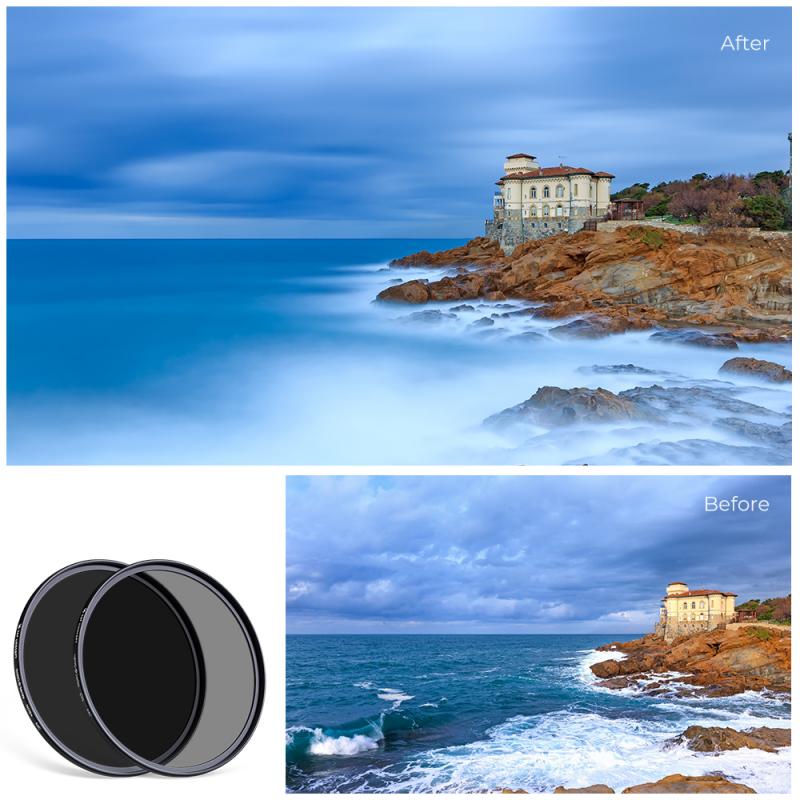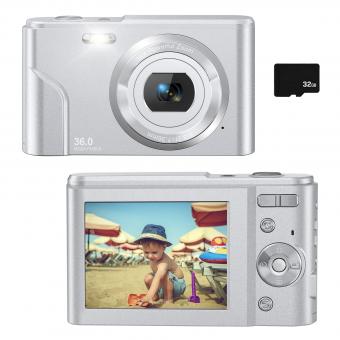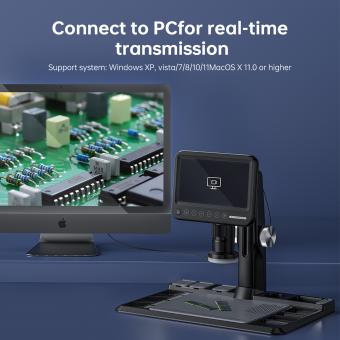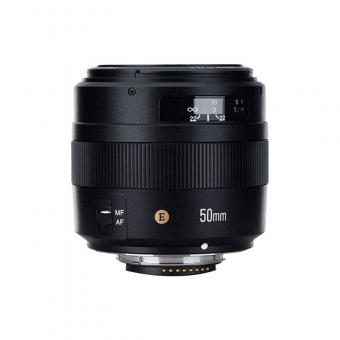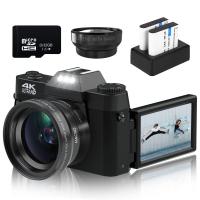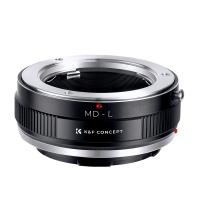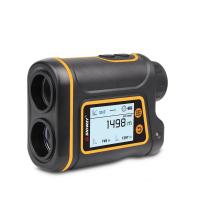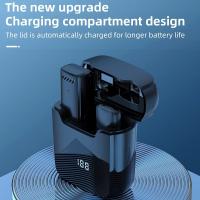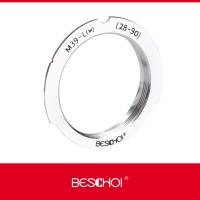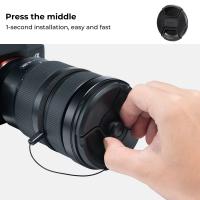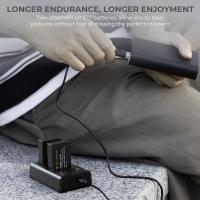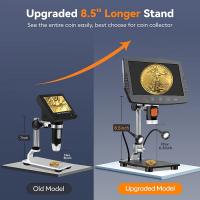Are The Minolta Tc-1 Vs A Digital Camera ?
The Minolta TC-1 is a film camera that was released in 1996, while a digital camera refers to any camera that captures and stores images digitally. The TC-1 is a compact camera known for its high-quality optics and manual controls, offering a range of features for film photography enthusiasts. On the other hand, digital cameras have evolved significantly since the TC-1's release, offering various advantages such as instant image preview, adjustable ISO settings, and the ability to store a large number of photos on memory cards. Additionally, digital cameras allow for easy image sharing and editing, as well as the convenience of not needing to develop film. Ultimately, the choice between the Minolta TC-1 and a digital camera depends on personal preferences, shooting style, and desired features.
1、 Image quality: Film vs digital sensor technology
Image quality is a crucial factor when comparing the Minolta TC-1 film camera to a digital camera. The TC-1, being a film camera, captures images using traditional film technology, while digital cameras utilize digital sensor technology.
Film cameras like the TC-1 have a unique charm and aesthetic appeal that many photographers appreciate. Film captures images with a certain level of grain and color rendition that can be difficult to replicate with digital cameras. The organic nature of film can produce a more nostalgic and artistic feel to photographs.
On the other hand, digital cameras have made significant advancements in sensor technology over the years. The latest digital sensors offer higher resolution, better dynamic range, and improved low-light performance. They can capture more detail and produce images with greater clarity and sharpness. Additionally, digital cameras allow for instant review and editing of images, providing photographers with more control and flexibility in post-processing.
It is important to note that the perception of image quality is subjective and can vary depending on personal preferences and the intended use of the photographs. Some photographers may prefer the unique characteristics of film, while others may prioritize the convenience and versatility of digital cameras.
In conclusion, the comparison between the Minolta TC-1 film camera and a digital camera in terms of image quality ultimately comes down to personal preference. Film cameras offer a distinct aesthetic appeal, while digital cameras provide higher resolution and more advanced features. Both options have their merits, and the choice depends on the photographer's artistic vision and requirements.
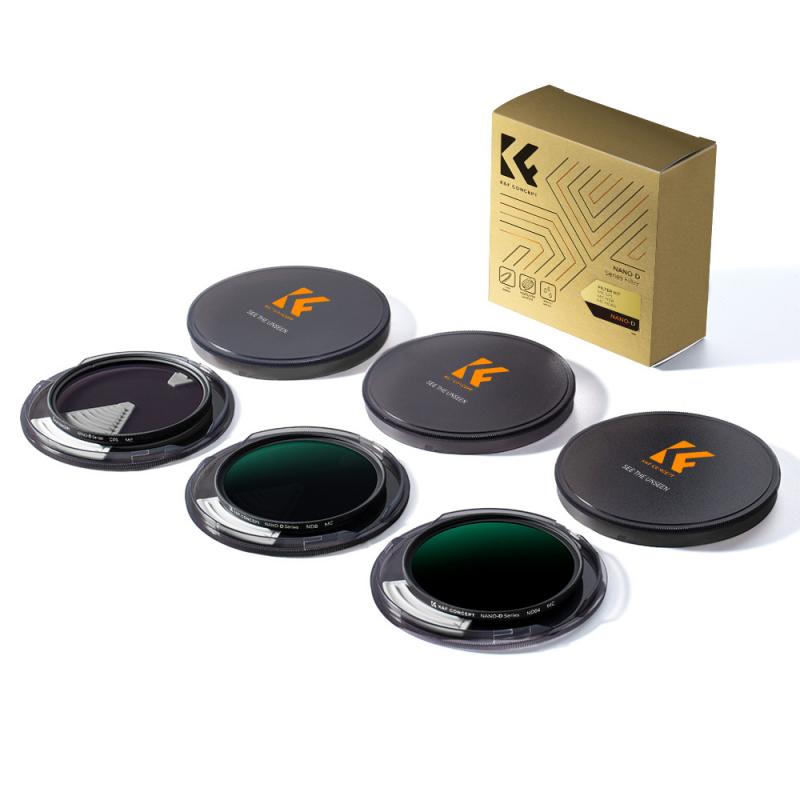
2、 Convenience and portability: Compact film camera vs digital camera
Convenience and portability are two key factors to consider when comparing the Minolta TC-1 film camera to a digital camera.
The Minolta TC-1 is a compact film camera that offers a high level of convenience due to its small size and lightweight design. It can easily fit into a pocket or a small bag, making it ideal for travel or everyday use. Additionally, film cameras like the TC-1 do not require batteries, which eliminates the need to constantly recharge or replace them. This can be a significant advantage for those who prefer a camera that is always ready to use.
On the other hand, digital cameras have made significant advancements in terms of convenience and portability. They have become increasingly compact and lightweight, making them easy to carry around. Digital cameras also offer the advantage of instant image review and the ability to delete or retake photos if needed. This allows for a more efficient and streamlined photography experience.
In terms of portability, digital cameras have the upper hand. They offer the convenience of storing hundreds or even thousands of photos on a single memory card, eliminating the need to carry multiple rolls of film. Additionally, digital cameras allow for easy sharing and transferring of photos through various digital platforms.
It is important to note that the latest digital cameras have surpassed film cameras in terms of image quality and versatility. They offer higher resolution, better low-light performance, and a wide range of shooting modes and settings. Digital cameras also allow for immediate access to post-processing tools, enabling photographers to enhance and edit their images with ease.
In conclusion, while the Minolta TC-1 film camera offers convenience and portability, digital cameras have evolved to provide even greater convenience and versatility. The latest digital cameras offer superior image quality, instant image review, and the ability to store and share photos effortlessly.

3、 Control and customization: Manual settings on the Minolta TC-1 vs digital camera options
Control and customization are key factors to consider when comparing the Minolta TC-1 film camera to a digital camera. The Minolta TC-1 offers manual settings that allow photographers to have complete control over their images. This includes the ability to adjust aperture, shutter speed, and focus manually. This level of control allows photographers to have a more hands-on approach to their photography, resulting in a more personalized and artistic outcome.
On the other hand, digital cameras offer a wide range of options and settings that can be customized to suit individual preferences. With digital cameras, photographers have the flexibility to experiment with different settings and instantly review the results on the camera's LCD screen. This allows for quick adjustments and the ability to capture the perfect shot in real-time.
In terms of the latest point of view, digital cameras have significantly evolved over the years, offering advanced features such as autofocus, face detection, and image stabilization. These features enhance the overall convenience and ease of use, especially for beginners or those who prefer a more automated approach to photography.
However, some photographers still prefer the tactile experience and unique aesthetic that film cameras like the Minolta TC-1 provide. The process of manually setting the exposure and focusing forces photographers to slow down and think more critically about each shot. This can lead to a more deliberate and thoughtful approach to composition and exposure, resulting in a more artistic and intentional final image.
In conclusion, while digital cameras offer a wide range of options and convenience, the Minolta TC-1 film camera provides a level of control and customization that some photographers still prefer. The choice between the two ultimately depends on personal preference and the desired outcome of the photographer.
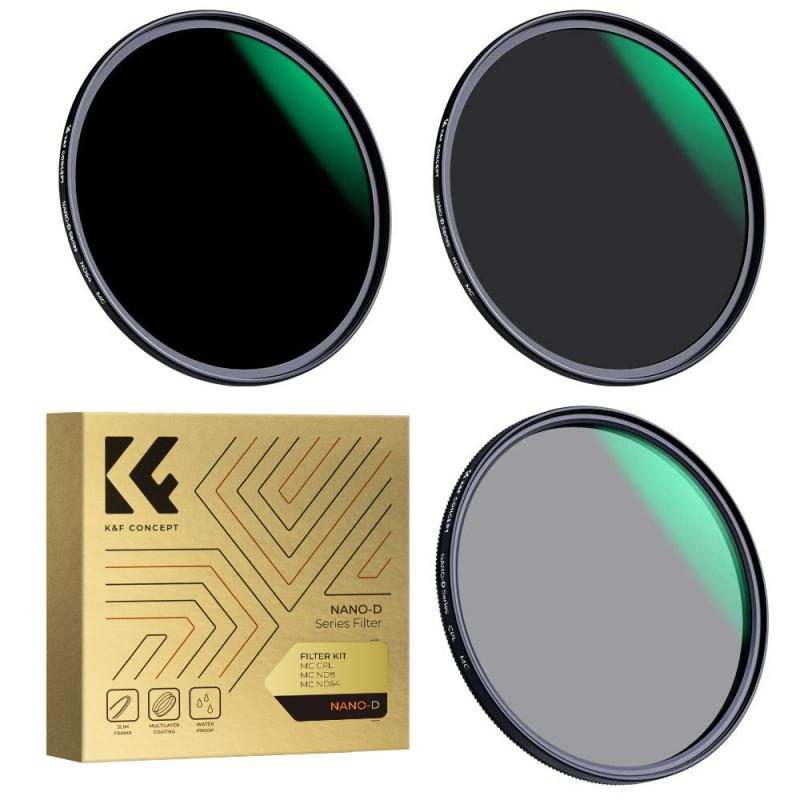
4、 Cost and maintenance: Film and developing expenses vs digital camera expenses
Cost and maintenance are important factors to consider when comparing the Minolta TC-1 film camera to a digital camera.
In terms of cost, the Minolta TC-1 requires the purchase of film rolls and the cost of developing the film. Film rolls can be quite expensive, especially if you shoot frequently. Additionally, the cost of developing the film can add up over time. On the other hand, a digital camera eliminates the need for film rolls and developing expenses. Once you have purchased a digital camera, you can take as many photos as you want without incurring any additional costs.
Maintenance is another aspect to consider. Film cameras like the Minolta TC-1 require regular cleaning and maintenance to ensure optimal performance. This may involve cleaning the lens, checking the shutter mechanism, and replacing any worn-out parts. These maintenance tasks can be time-consuming and may require professional assistance. In contrast, digital cameras generally require less maintenance. Regular cleaning of the lens and sensor is recommended, but there are no additional parts to replace or complex mechanisms to maintain.
It is worth noting that the cost and maintenance advantages of digital cameras have become even more pronounced in recent years. The advancements in digital technology have led to a significant decrease in the price of digital cameras, making them more affordable for a wider range of consumers. Additionally, the quality of digital images has improved greatly, rivaling or even surpassing the quality of film. This has made digital cameras the preferred choice for many photographers, both amateur and professional.
In conclusion, when comparing the Minolta TC-1 film camera to a digital camera, the cost and maintenance aspects favor the digital camera. The elimination of film and developing expenses, as well as the reduced need for maintenance, make digital cameras a more cost-effective and convenient option.
